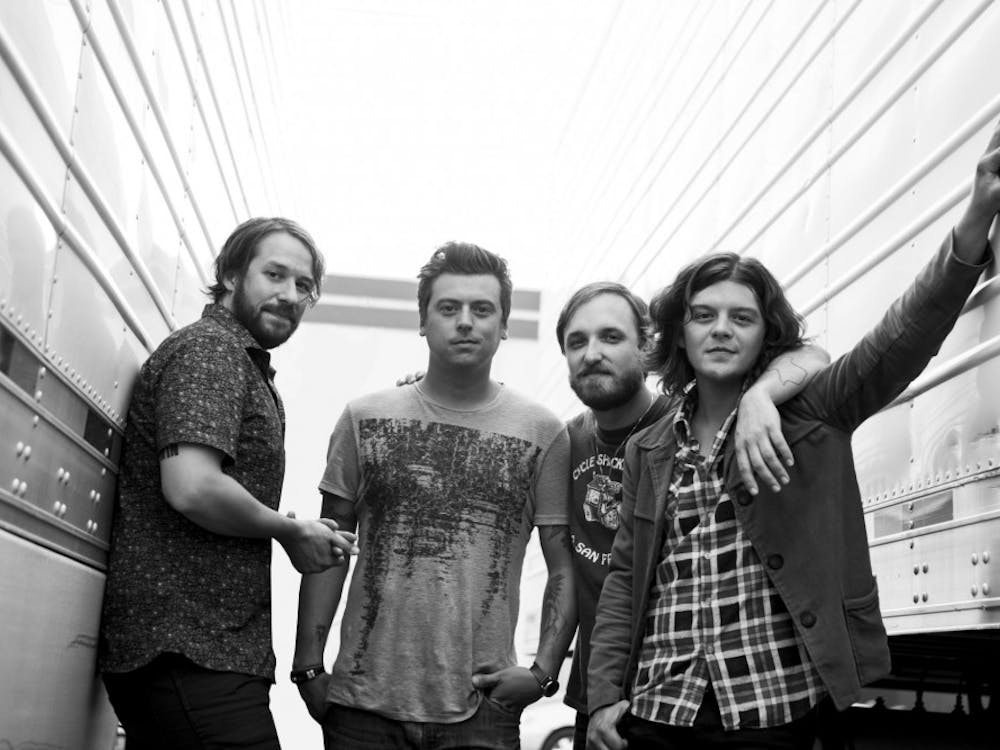By Andrea Villicana
A ritual that seemed to mock death, is what the Spanish Conquistadors discovered in Mexico more than 500 years ago when they encountered Aztecs who had been performing it for over 3,000 years. This ritual today, known as Dia de los Muertos, is celebrated in Mexico and certain parts of the United States where it is otherwise known as Day of the Dead.
This celebration is now merged with Catholic theology but still maintains the basic principles used by the Aztecs. Today people wear a skeleton costume called esceleto and dance around to honor the deceased. Sugar skulls serve as both an item of reverence and sweet treat since they are placed on altars to honor departed but can also later be eaten by the living in order to honor the dead.
The tradition handed down by the Aztecs and other ancient civilizations is that the skulls symbolize death and rebirth. The Aztecs therefore did not fear death and instead they embraced it; to them, life was like a dream, one only needed to be awaked again after death. During their conquest the Spaniards considered the ritual to be disrespectful because of the seemingly irreverent stance it took on death. Naturally then, since it was foreign, they tried to eradicate it. This ritual, however, was deeply engraved into the Aztec tradition and so was able to remain intact. The Spaniards then decided to move the ritual so that it would coincide with All Saints' Day and All Souls' Day, which was celebrated on Nov. 1 and 2.
People in Mexico celebrate this holiday by either visiting the cemeteries where their loved ones are buried, or by building an altar in their homes to honor a deceased family member or friend.
Families who attend the cemeteries traditionally decorate the gravesites with marigold flowers and candles. Bringing picnic baskets to enjoy a meal next to their deceased loved one is also not an uncommon thing to do. Typically the meal will be accompanied by traditional Mexican bread resembling a skull as well as a variety of fruits. Though there are physical limitations preventing the souls from eating the food, it is believed that the souls will savor the smells of the meal presented during the night.
In addition, the families may also bring mementos to the gravesite which the deceased relative once owned. A bowl of water and a bar soap is also presented since the souls that come down want to be clean before they take part in the celebration. The families typically spend all day at the cemetery honoring their loved one. At the end of the day there is a candlelit procession leading the family to the chapel where they can bring all of the memorabilia, flowers and candles.
The families who decide to honor the dead build an altar in their homes. The altars are surrounded by marigold flowers, food, pictures, candles, the Christian cross, and a picture or a statue of the Virgin of Guadalupe. The altars can be presented in any form or size, and it should be decorated in a way that represents the person whom they are honoring. Aside from the altar music can also be played, this would typically include the deceased relatives' favorite band or songs.
The Day of the Dead is not meant to be a lamenting celebration; rather, it is regarded more as a celebration for remembrance. This celebration functions as a way of expressing the cycle of life and death; furthermore the Day of the Dead is a festive event, so it should not be feared. Instead we should embrace it, since it is a natural process in the course of life.
This Tuesday, Nov. 1, from 5 to ?8 p.m., we encourage you to attend the Day of the Dead Celebration in St. Mary's Student Center. The celebration will include live music, dance performance, arts and crafts, sugar skull decorating and delicious food. This year we encourage students, faculty and staff to decorate our university altar with mementos, pictures, cards or flowers to honor your departed loved ones. You can bring mementos to the event or drop them off in the Office of Student Activities prior to the event.
At the conclusion of festivities, all memorabilia will be carried to the Chapel of Christ the Teacher during a candle light procession. In this way, departed loved ones can continue to be honored in the chapel throughout the Catholic tradition of the Month of Remembrance.







